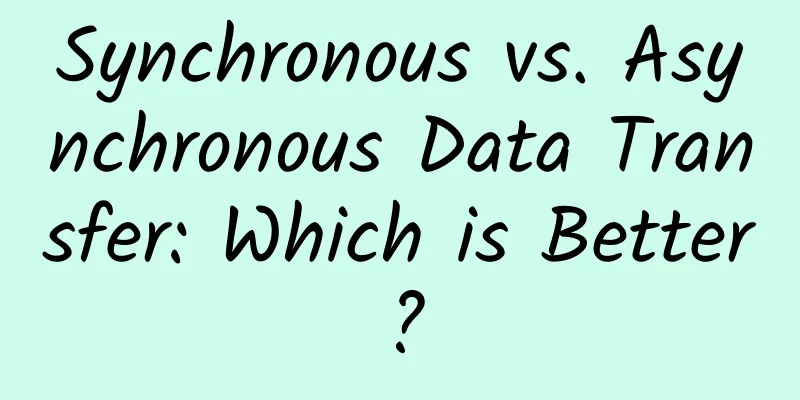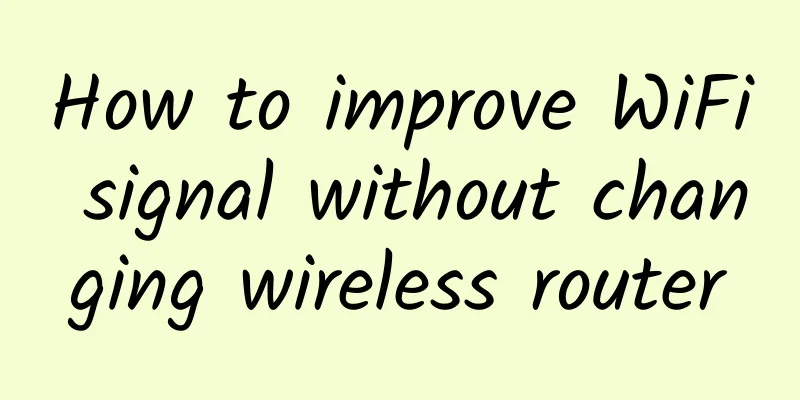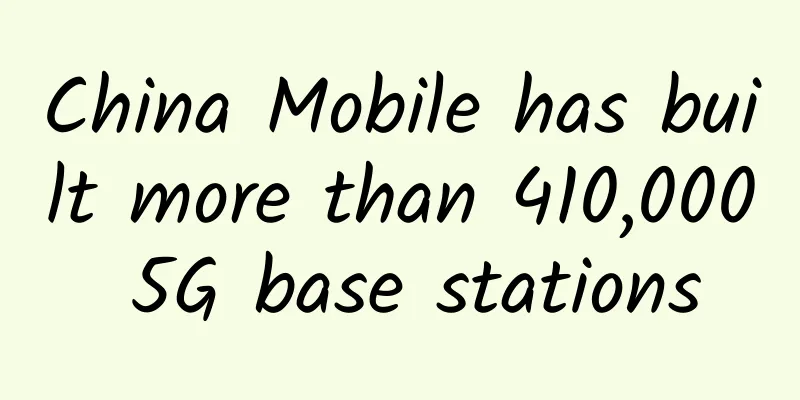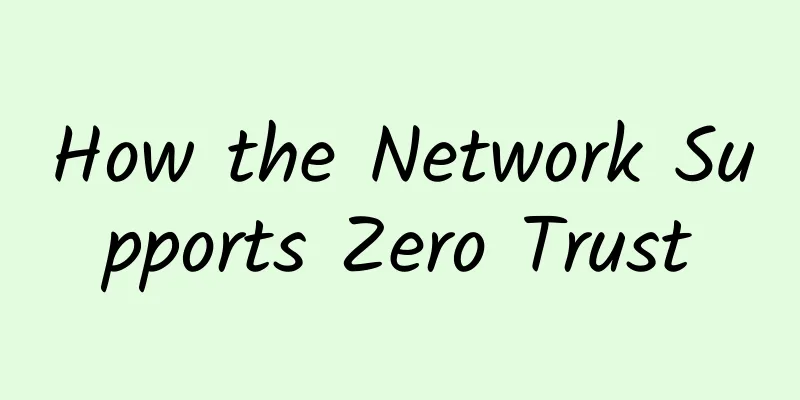Synchronous vs. Asynchronous Data Transfer: Which is Better?

|
In any organization, the network infrastructure has a variety of software and hardware that helps to establish connections between different devices and computers on the network. These hardware and software devices facilitate the data transfer in the computer network. Most of the time, this data transfer happens in one of two modes, asynchronous or synchronous. So, how do these two modes differ, and which one is better? Read this article to know the answer. Synchronous data transmission and asynchronous data transmissionWhat is synchronous data transfer?In synchronous data transmission, data is transferred between the receiver and sender in the form of frames or blocks. Data is transferred in a paired manner, so synchronization of the sender and receiver is necessary. This synchronization is possible only if these systems share an internal clock. This mode of data transmission is used for transmission of time-sensitive data such as voice and live video through CCTV. What is asynchronous data transfer?Asynchronous data transmission is the exact opposite of synchronous data transmission and does not require active synchronization between the receiver and sender. Data moves in half pairs in the form of characters or bytes. The character size of the transmitted data is 8 bits, which becomes 10 bits after adding a parity bit at the beginning and end of the data. This transmission method makes use of the parity bit to inform the receiver about the data transition. Usually 1 character or byte of data is transmitted at a time. This data transmission method does not require bidirectional or parallel communication to work, which is why it is considered simpler than synchronous data transmission. Emails, letters, and forums are a few of the best examples of asynchronous data transmission. The difference between synchronous and asynchronous data transmission
In summary, each of these data transmission modes has some advantages and limitations, so the choice depends entirely on the type of application. If the application is operating in real time, then synchronous data transmission is ideal; if not, then asynchronous data transmission is preferred. Regardless of which transmission mode exists, its correct implementation depends on the quality of the receiving and transmitting equipment used. |
<<: Understand fiber-based LAN architecture
>>: Enterprise Switches and Selection Guide
Recommend
80VPS: Hong Kong dedicated server starting from 350 yuan/month, optional IID/Cloudie/Kowloon/Shatin/CTG/CN2/large bandwidth/high defense, etc.
Last month we shared information about VPS hosts ...
CloudCone Chinese New Year Special Package, Los Angeles 1G memory VPS annual payment starts from $13.5
CloudCone has launched several special packages f...
China Huaxin and Nokia jointly established "Shanghai Nokia Bell"
China Huaxin Post and Telecommunications Economic...
New Track and New Technology|Xinglan Technology was invited to participate in the "2022 API Security Innovation Salon Beijing"
On the morning of April 15, the "2022 API Se...
Is Bluetooth mesh the future of smart buildings?
Smart buildings, whether residential, commercial ...
How many IP addresses are there in China?
The topic we are going to talk about today is abo...
BudgetVM: Los Angeles/Dallas/Chicago/Japan/Hong Kong dedicated servers starting at $49 per month
BudgetVM is a local data center founded in 2015. ...
Jingwen Internet: Japan VPS free upgrade package, Japan server free upgrade 100M bandwidth, recharge 1000 and get 300 yuan
The last time I shared information about JWDNS wa...
Twists and turns: ZTE may have to fight a protracted battle to lift the ban
On May 22, foreign media reported that Trump prop...
Four types of network monitoring
Network monitoring can take many forms, depending...
Accelerating digital transformation, 5G empowers the next generation of new industrial manufacturing
[[335662]] The COVID-19 pandemic has imposed mand...
In the new era, how can operators seize the opportunity of industrial Internet?
2020 is the year when 5G enters large-scale appli...
Justhost newly launched data centers in Hong Kong/Italy, 200Mbps unlimited data starting from $3.7/month
I received the latest email from Justhost, which ...
A brief discussion on Telemetry network telemetry traffic analysis technology
·Introduction· With the rapid development of clo...
Ministry of Industry and Information Technology: 5G package users have exceeded 350 million, China Mobile ranks first with more than 180 million users
At present, the number of users of 5G packages ha...




![[Black Friday] TMThosting: VPS monthly payment up to 55% off, dedicated server 10% off, Seattle data center, Alipay support](/upload/images/67cac229924c0.webp)




